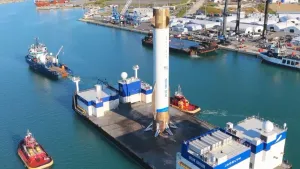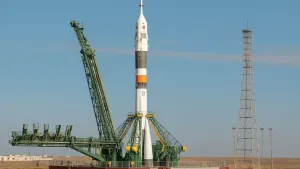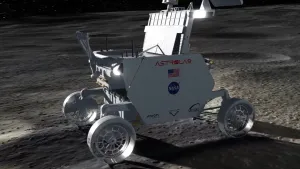The Indian Space Research Organisation stated that on November 7, 2025, at its High-Altitude Test Facility in Mahendragiri (Odisha, India), it conducted a 10-second vacuum test demonstrating bootstrap-mode start of the CE20 engine.
The test ignited the thrust chamber and subsequently the gas generator without using the auxiliary start-gas system. This is the first known instance of a gas-generator cycle cryogenic engine reaching steady-state operation without an external start-system.
The CE20 engine powers the upper stage of ISRO’s LVM3 launch vehicle and is qualified for thrust levels ranging from 19 to 22 tonnes in flight. It is also a primary engine for India’s upcoming human-spaceflight programme, Gaganyaan.
What Does The Test Means
Bootstrap-mode start means the engine initiates and stabilises itself without a separate start-gas system. With conventional configurations each restart demands a dedicated start-gas bottle and associated hardware, which reduces payload capacity.
By achieving bootstrap start, ISRO removes this dependency, enhances mission flexibility and sets the stage for multiple in-flight restarts, an important capability for multi-orbit missions, satellite constellations and crewed flights.
Cryogenic engines burn liquid hydrogen and oxygen, offering high efficiency and thrust. The CE20 is India’s first indigenous cryogenic engine in this class, stepping beyond earlier versions like the CE-7.5. In 2023 the CE20 cleared tests for 22-tonne thrust; now the bootstrap-start test adds a new operational dimension.
ISRO’s LVM3 vehicle uses the CE20 for its upper stage and this engine is also central to the Gaganyaan human-flight programme. Longer-duration missions, orbital refuelling, in-space propellant loading and multi-orbital injection all benefit from engine restart capability.
With successful bootstrap start, ISRO gains greater design flexibility for vehicles: fewer start-gas bottles, lower mass and simpler plumbing.
For human-spaceflight it means improved safety margins and reduced launch-vehicle complexity. For commercial satellite launches it raises the possibility of cost-effective multi-orbital deployments.
Still, technical challenges remain. The test itself lasted only 10 seconds and was conducted on the ground. Extending bootstrap mode to full flight conditions, which include dynamic loads, prolonged burn durations and varied thermal conditions, will require further verification. Safe human-rated operation demands thousands of hours of reliability data.
Key Takeaways
ISRO will now integrate this capability into flight systems and may certify the CE20 engine for in-flight restarts. This could open doors to advanced mission profiles, including Gaganyaan flights, lunar transfer missions and advanced satellite constellations.
Observers will look for upcoming test announcements, qualification data and integration plans with the LVM3 vehicle or future launch platforms.
Conclusion
ISRO’s demonstration of a bootstrap-mode start for its CE20 engine marks a technical escalation in cryogenic propulsion capability. By removing reliance on external start-systems, the organisation lays groundwork for more flexible, higher-performance launch vehicles.
As India advances its orbital and human-space ambitions, this milestone helps bridge the gap from proven rocketry toward next-generation mission-profiles.






